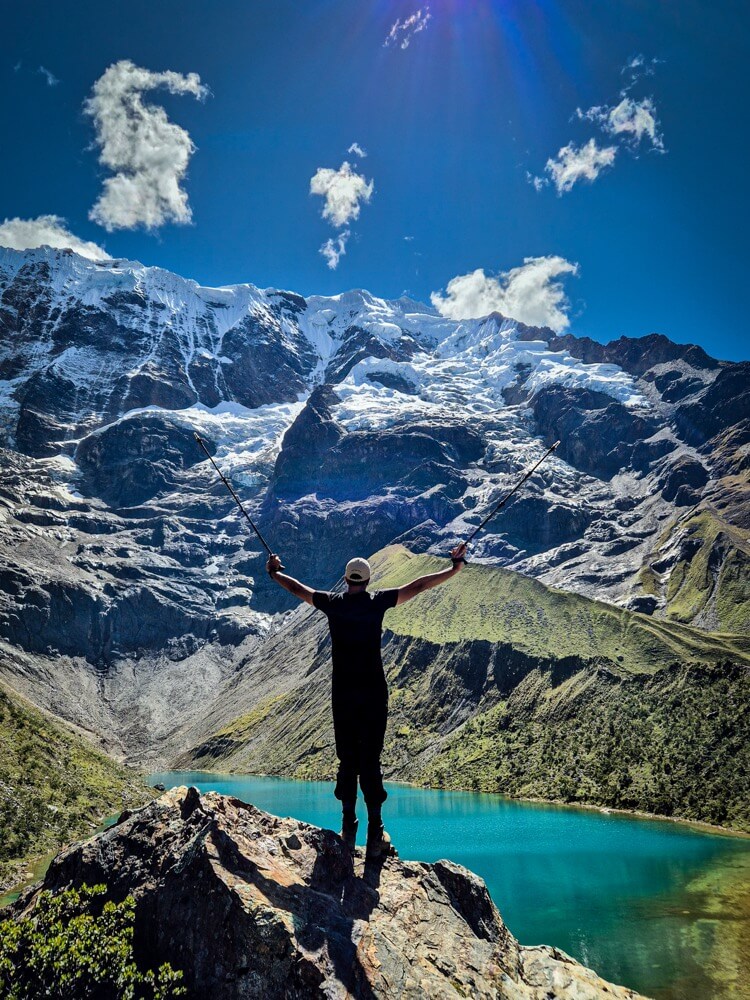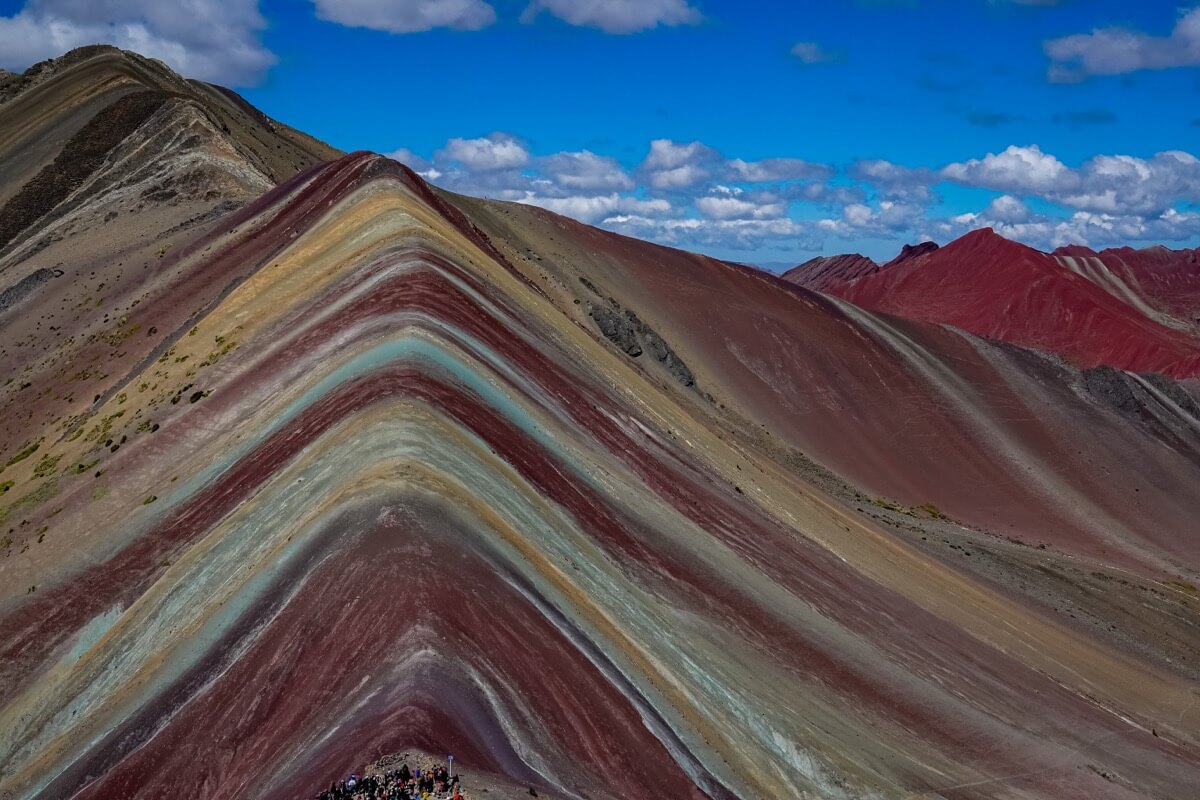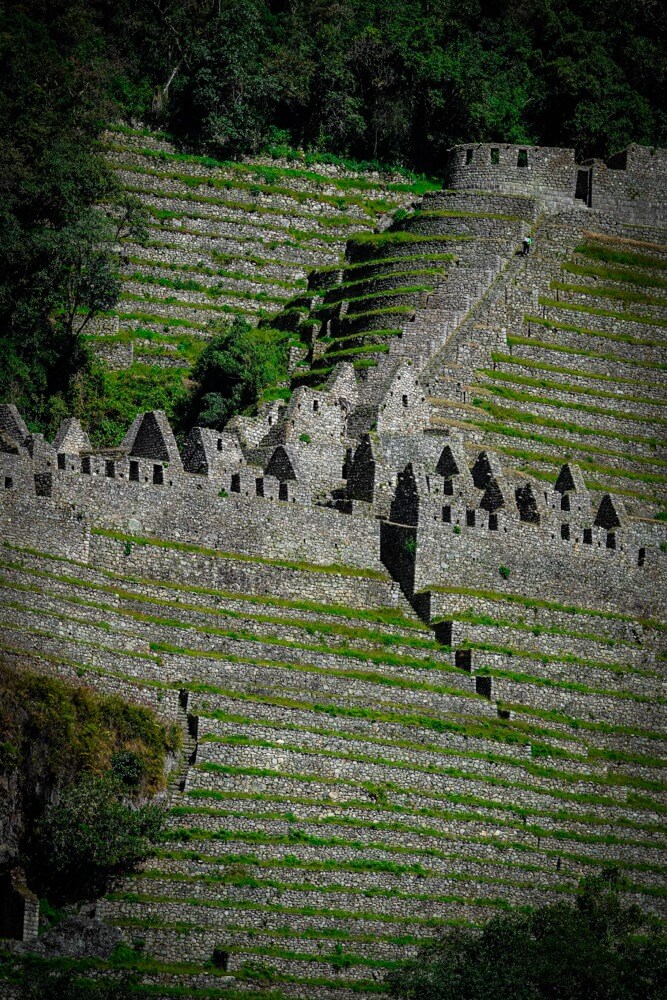To the casual (and innocently misguided) observer, Peru is synonymous with one site: the Inca citadel of Machu Picchu. But Peru is so much more; its mosaic of pre-colonial and post-colonial history, natural landscapes, ancient archaeological ruins and rich cuisine make it a true bucket-list destination, especially the former Incan capital of Cusco.
Cusco town
We arrive in picturesque Cusco from Lima, taking a breathtaking flight over the sprawling, snow-capped Andes mountains, dotted with towns and villages nestled alongside so many winding waterways. The air feels immediately thinner; Cusco lies at 3,400m, making it one of the highest cities in the world.

We spend the first two days exploring the enchanting city, which seamlessly blends ancient Incan, Spanish colonial and modern architecture, reflecting the rich and complex history of the region. The food is – like in much of Peru – phenomenal.
Walking around the city, including its ancient fortresses at Sacsayhuamán and Pisac, has an added bonus: it’s the best way to acclimatise ahead of the high-altitude hikes that lay ahead of us.
Humantay Lake
Our 4am start is quickly forgotten as we begin a stunning moonlit drive to the trailhead for Humantay Lake, known for its brilliant turquoise colour and nestled at the foot of a sacred mountain by the same name.
The hike to Humantay Lake is only 4 kilometres long, but an elevation of 300m from a starting point of 3,900m quickly takes its toll on the body. Soon, I can’t go more than 50 metres without taking a quick breather, even with a stash of coca leaves nestled in my cheek to combat the altitude.

We cast fleeting looks of resentment at those who surge ahead of us on horseback, but after around 90 minutes, we’re greeted by the sight of a majestic Humantay Mountain towering over the sparkling lake. The pain subsides as quickly as it came.
Rainbow Mountain
After Machu Picchu, Rainbow Mountain is perhaps Peru’s most famous site. The mountain takes its name from the sedimentary layers of clay, algae and various minerals that give it a multi-coloured hue.

Getting to the viewpoint requires a small hike, though visitors can go up on horseback and even by dirtbike. But we’re acclimatised from Humantay, so despite an increasingly steep walk to an elevation of 5,200 metres, we proceed largely untroubled to the top.
Rainbow Mountain can be an over-crowded letdown; but its stunning surrounds, including the Red Valley and the awe-inspiring Ausangate mountain, make it a worthy stop.

Machu Picchu
While the full 4-day Inca Trail is appealing, being typically time-strapped travellers, we opt for a two-day itinerary combining a train and a day hike.
After a scenic train ride, we begin a 6-hour hike over grasslands, through forests, and around waterfalls, punctuated by several other impressive ruins – a small handful of the estimated 300 major Incan sites in Peru alone. It’s arduous, but time passes as quickly as the landscapes change.
A final climb of around 200 “Monkey Stairs” takes us to the fabled Sun Gate, where we’re treated to our first glimpse of the mystic ancient Incan citadel, set in the shadow of the mountain that makes it truly special: Huayna Picchu. As we approach the ruins, I’m struck by the distinct dichotomy of being at one of the most well-preserved archaeological sites in the world, but about which so much remains unknown.

As hikers, we’re allocated a private, cordoned-off terrace at the site, giving us the postcard-perfect views that so many covet. We spend the night in Aguas Calientes, an increasingly commercialised but charming town that houses all visitors to the region.
The next day, we arrive for a breathtaking sunrise at a nearly empty Machu Picchu, with layers of fog serenely rolling in and out. We follow this with a hair-raising trip to the Huayna Picchu summit, for which an advance permit is required. We climb over 2,000 stairs, including the famed “Stairs of Death”, to catch a rare, bird’s eye view of Machu Picchu. By the time we return to the citadel, it’s absolutely teeming with visitors.

While the site is incredibly well managed, we’re still glad to have arrived at sunrise; the swelling mid-morning crowd sees us quickly rushing for the exit.
TRAVEL NOTEBOOK
How to get there Fly to Santiago from most Australian cities, then you’ll need to fly to Lima and on to Cusco.
What to do Adventure-seekers in Cusco should consider the Salkantay trek and the full Inca Trail to Machu Pichu, while others can explore Cusco’s markets and town squares and catch the train to Machu Picchu.
When to go It’s best to visit during the dry season of May to September. Fog at Machu Picchu can be unpredictable, so make sure you spend the night at Aguas Calientes to give yourself two bites at the cherry.
The dollars and cents Return flights from Australia to South America are super expensive ($5,000) during peak periods, so it’s best to consider shoulder or off-peak seasons where flights can be less than half-price. Factor in another $3,000 – $4,000 for a comfortable 2-3 weeks catching all of Peru’s highlights.
Read More: Uganda: Primate Country





